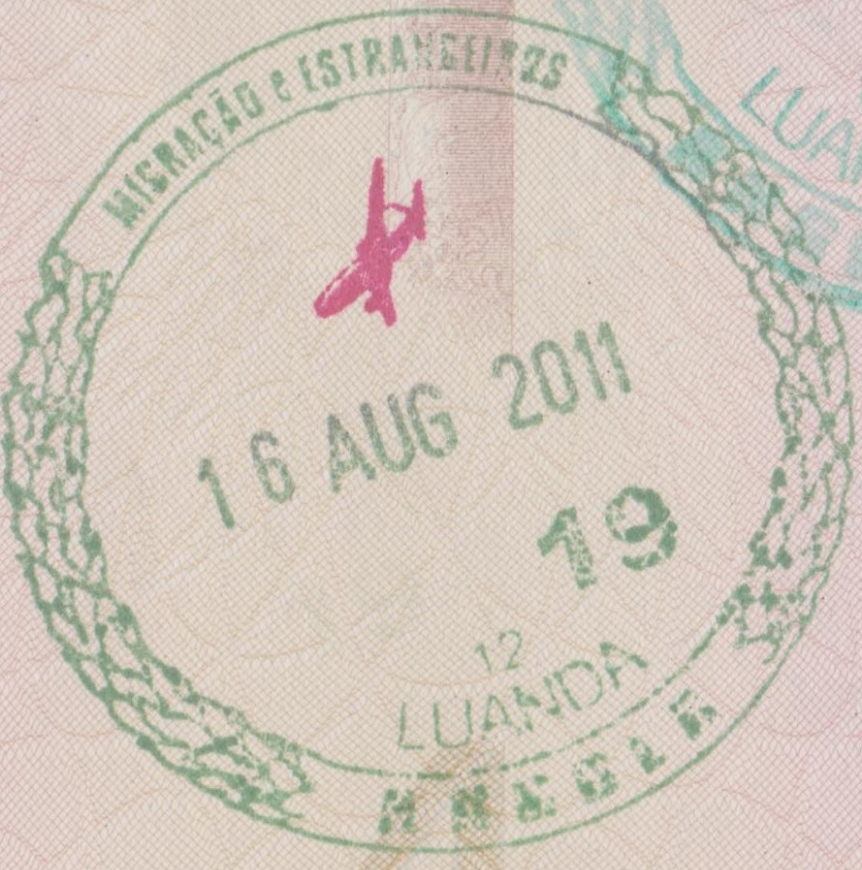|
Tourism In Angola
The tourism industry in Angola is based on the country's natural environment, including its rivers, waterfalls and coastline. Angola's tourism industry is relatively new, as much of the country was ravaged during the post-colonial civil war which ended in 2002. Unlike most countries in the region, which generally give US, EU, and many other citizens a visa on arrival or require no visa at all, Angola has complicated visa requirements (official letter of invitation, documents concerning purpose of travel, copy of travel itinerary, proof of funds, etc., all of which are sent back to Luanda for approval). This procedure towards visitors places the country at a disadvantage in the competitive international tourism market. Visitor attractions Cameia National Park Cameia National Park is a visitor attraction in Angola. It is a national park in the Moxico province of Angola, located at about 1100 m above sea level. It shares its name with the nearby municipality of Cameia. The C ... [...More Info...] [...Related Items...] OR: [Wikipedia] [Google] [Baidu] |
Luanda Skyline - Angola 2015 (cropped)
Luanda () is the capital and largest city in Angola. It is Angola's primary port, and its major industrial, cultural and urban centre. Located on Angola's northern Atlantic coast, Luanda is Angola's administrative centre, its chief seaport, and also the capital of the Luanda Province. Luanda and its metropolitan area is the most populous Portuguese-speaking capital city in the world and the most populous Lusophone city outside Brazil, with over 8.3 million inhabitants in 2020 (a third of Angola's population). Among the oldest colonial cities of Africa, it was founded in January 1576 as ''São Paulo da Assunção de Loanda'' by Portuguese explorer Paulo Dias de Novais. The city served as the centre of the slave trade to Brazil before its prohibition. At the start of the Angolan Civil War in 1975, most of the white Portuguese left as refugees, principally for Portugal. Luanda's population increased greatly from refugees fleeing the war, but its infrastructure was inadequate ... [...More Info...] [...Related Items...] OR: [Wikipedia] [Google] [Baidu] |

